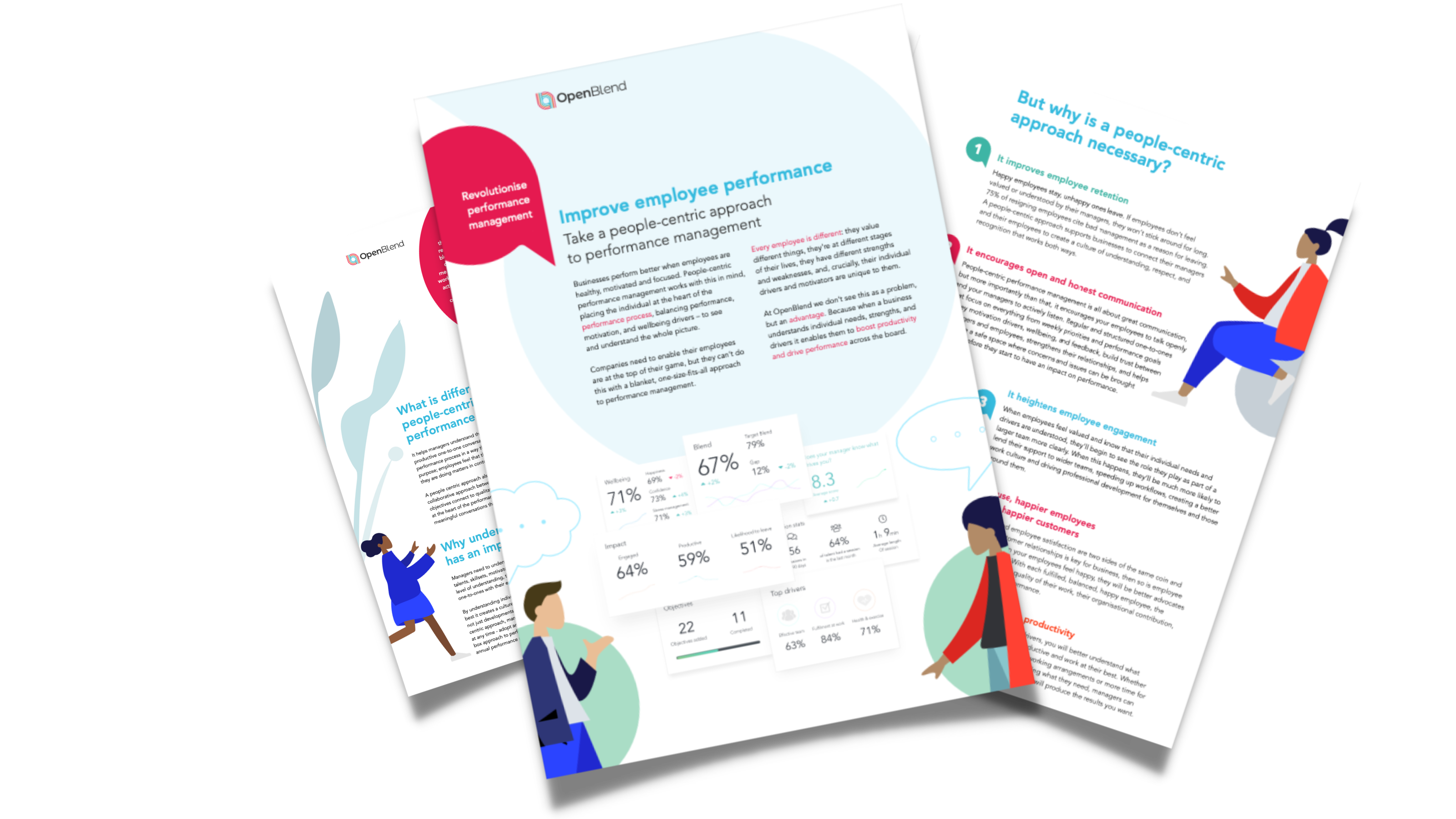Annual performance reviews are pointless. It’s something that most of us of suspected already, but when Adobe conducted a study on the matter, they found that more than half of workers felt that they had no impact on their performance.
What they did have an impact on was their confidence, motivation, health and wellbeing and job satisfaction. Recipients stated that annual appraisals increased stress, raised unnecessary competition with co-workers and resulted in dramatic, emotional reactions – sometimes prompting them to hand in their notice (or cry).
Another study, by the Society for Human Resource Management, found that 95% of employees were dissatisfied with their company’s appraisal process, and 90% didn’t believe the process provided accurate information.
All that time, emotion, and energy – for both the employee and the manager – yet the impact on productivity and performance is zero, in fact, it is detrimental.
In short, performance management is broken. To fix it, businesses need an approach to performance management that goes beyond objectives, traditional reviews, and appraisals, and instead facilitates performance enablement.
The difference between performance management and performance enablement
Performance enablement doesn’t just look back at how an employee has performed and set arbitrary objectives for future performance. It looks at the employee as a person – their goals, their motivations, their wellbeing, and their barriers – and identifies what support and resources they need to achieve their full potential.
Unlike annual performance reviews, performance enablement requires a people-centric approach. Managers need to have the right conversations, at the right time, with the right actions and accountability. In effect, every manager needs to become a coach.
Yet most managers are not coaches. They are, more often than not, employees who have risen through the ranks, or joined from a management position elsewhere. To be able to successfully coach their employees and unlock their full potential, they too need support, resources and training that’s consistent and practical.
Helping managers to become coaches
With the right framework, managers can become performance enablers holistically, with regular in-platform prompts and guidance taking the place of lengthy, intensive, one-off training sessions.
So, for performance management platforms to have a tangible impact on performance, they need to provide a framework that makes this possible, giving managers the tools they need to enable their employees to use their talent and increase their productivity.
Unfortunately, most performance management tools don’t incorporate coaching methodology, and they focus on employee performance metrics, as opposed to what’s driving them.
At OpenBlend, we put coaching at the heart of our platform. Our founder and CEO Anna Rasmussen was a coach before launching OpenBlend and wanted to create a framework that made people-centric performance enablement part of the fabric of an organisation’s management structure.
How to focus on performance enablement?
Here are the key features of OpenBlend that incorporate coaching to transform performance management into performance enablement.
-
Have the right conversations, at the right time
OpenBlend’s approach to one-to-ones allows employees to set the agenda, to discuss what they need to discuss when they need to discuss it encouraging open, honest and structured dialogue that proactively targets issues as they arise.
-
Identify every employee's blend drivers
To get results, performance enablement needs to reflect every employee’s unique motivations, challenges and circumstances. Yet employees are not always forthcoming with this information, and managers need to ask the right questions to get to the heart of what really enables each individual’s performance. Our Blend tool provides a simple framework for employees to choose from a list of drivers: ranging from career progression and recognition to personal priorities like family life and fitness. It gives managers better insight into their teams and provides valuable context for every management conversation for more informed goal setting.
-
Follow a coaching framework for more effective conversations
Keeping track of each employee’s Blend and managing their disparate needs is no mean feat. OpenBlend assumes that the manager is not an expert on each employee’s situation: instead, they act as a facilitator, working through the employee’s agenda and helping them to select their best options, as opposed to setting the direction. The GROW framework (Goal, Reality, Options, Way Forward) guides the manager through a series of coaching conversations to create accountable, measurable steps with the employee.
-
Assess progress on objectives and improve accountability
Once GROW objectives have been set, managers can use the capability/motivation matrix to assess their progress and bring to light any barriers that are preventing employees from achieving their objectives. It’s a framework that allows managers to tackle difficult conversations from a coaching perspective, creating a positive, constructive interaction for the employee that drives better performance and greater accountability.
With the right platform, you can turn every manager into a coach – and enable every employee to achieve their full potential. To learn more about how OpenBlend coaching frameworks could help your people managers drive performance, contact our team to book a demo or download our guide to people-centric performance management.
